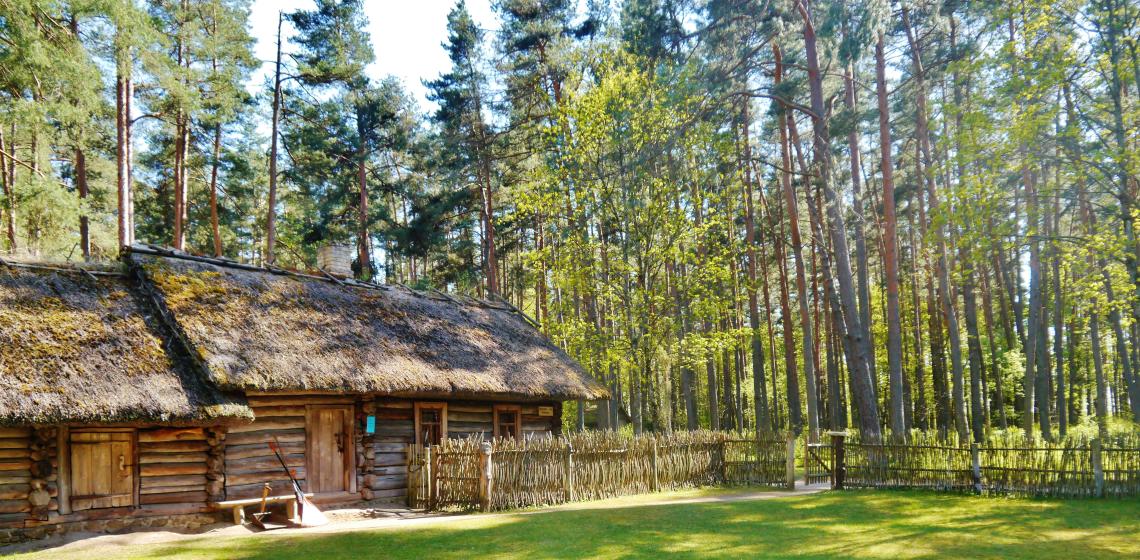Latvijas Etnogrāfiskais brīvdabas muzejs (LV)

The Ethnographic Open-Air Museum of Latvia, located on the shores of Lake Jugla near Riga, is one of the oldest and largest open-air museums in Europe. Founded in 1924, the museum preserves and showcases traditional Latvian rural life, architecture, and culture from the 17th to the 20th century. It features authentic buildings and exhibits that reflect the diverse regional cultures of Latvia, making it a significant repository of the country’s folk traditions and heritage.
Open from
Key Features:
- Historical Buildings: The museum features over 100 historical buildings from various regions of Latvia, including Kurzeme, Vidzeme, Latgale, and Zemgale. These buildings, which include farmhouses, barns, windmills, churches, and fishermen's huts, were relocated from their original locations and reconstructed to preserve their architectural integrity. Each region is represented through its distinctive architecture and lifestyle, highlighting the cultural diversity of rural Latvia.
- Rural Life and Traditions: The museum provides a comprehensive look at Latvian rural life, showcasing traditional farming techniques, craftsmanship, and domestic routines. The buildings are furnished with period-appropriate tools, furniture, and household items, giving visitors an authentic experience of how people lived, worked, and socialized in the Latvian countryside.
Living History Demonstrations: The museum often hosts live demonstrations of traditional crafts and activities, such as weaving, blacksmithing, woodworking, and pottery. These hands-on activities allow visitors to engage with Latvia’s folk culture and understand the skills that were central to rural life. - Seasonal Festivals and Events: The museum is known for its seasonal festivals, such as Midsummer (Jāņi) and Martin’s Day, which celebrate Latvian folklore and traditions. During these events, visitors can experience traditional music, folk dancing, and local foods, offering an immersive look at Latvia’s cultural heritage.
- Nature and Setting: Spread over 87 hectares, the museum is set in a natural forested area near Lake Jugla. The picturesque surroundings, with wooden buildings nestled among trees and paths, provide a tranquil atmosphere for exploring Latvia’s rural past.
Exhibits on Latvian Ethnic Groups: In addition to displaying rural Latvian life, the museum also features exhibits on the ethnic minorities of Latvia, such as the Livonians, highlighting the diverse cultural influences in the country.
Image: Houses of the Region of Latgale/Latgalia, Ethnographic Museum, Bergi, Latvia Image by Zairon - Own work, CC BY-SA 4.0, https://commons.wikimedia.org/w/index.php?curid=39514062
